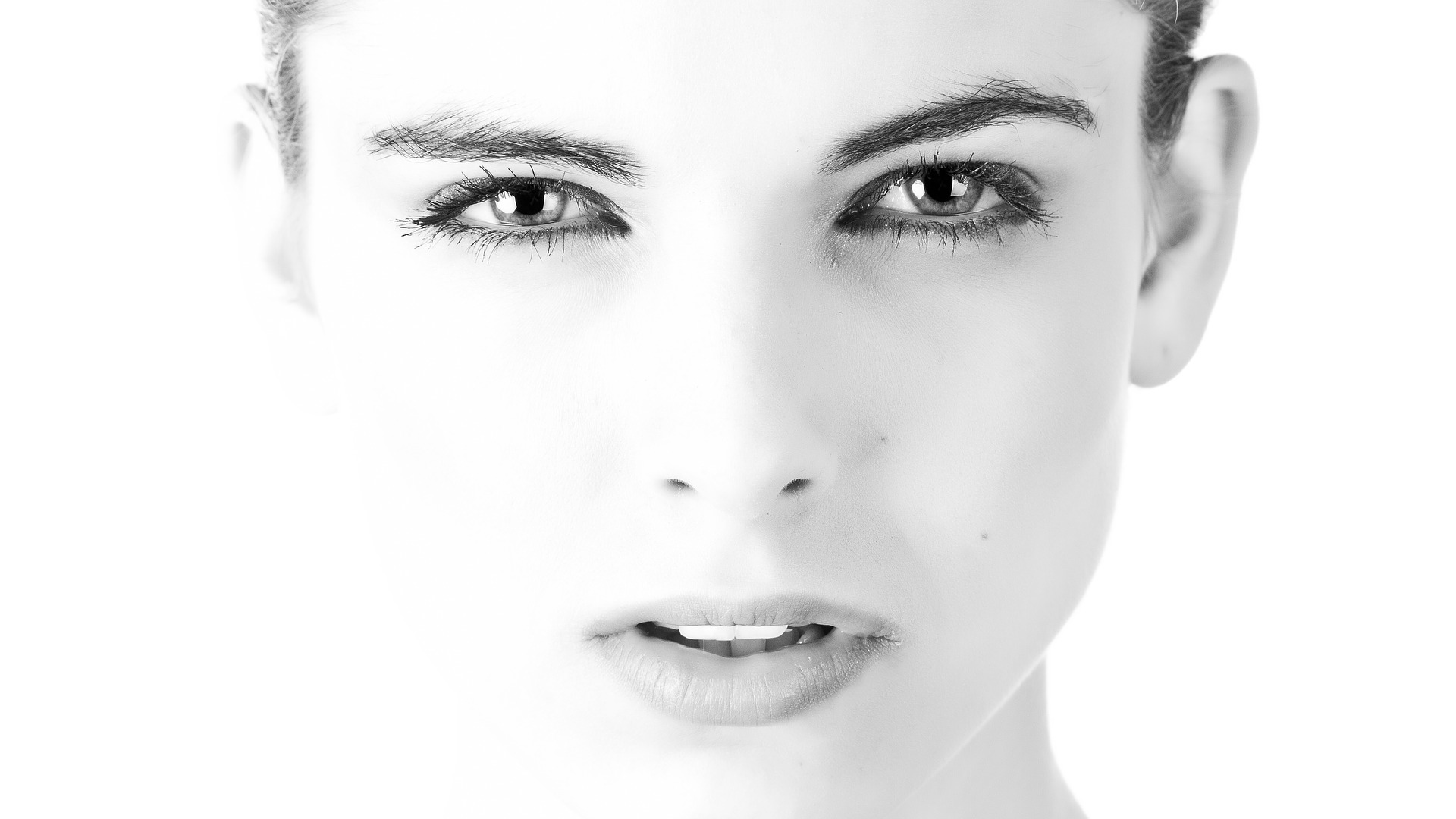Portrait photography is a very popular genre of photography, but at the same time it is quite difficult. A professionally made portrait photo is not only a flawless technical performance, but first of all it reveals the inner world of the model, tells a story of the person. An experienced portrait painter must have skills of a good psychologist, a thorough understanding of light schemes and technical nuances of the camera, know the anatomy for a successful choice of angles and poses. In this article we will consider the basic tips for portrait photography.
Technical Skills
The camera is a tool, which means you need to know how to use it and choose the lenses that are appropriate for the job. If you’re not confident in your abilities – go to a photography school, where you can acquire the necessary skills and knowledge. Despite the fact that your ideas or wishes of the client can be very diverse, here are some typical tips that can help make a picture more tasteful:
- Shoot at an open aperture – this will blur the background, make a bokeh effect and accentuate the model.
- Set the ISO to the lowest possible value for your shooting conditions, to get rid of unnecessary noise and have a positive effect on the quality of the picture.
- Remember the rule of thumb: “shutter speed inversely proportional to focal length” will make your still photos look sharp enough when you take them handheld. But it would be better to keep the shutter speed a bit faster or use lenses with optical stabilization. And don’t forget to experiment with slow shutter speeds!
- White balance – you need to set the gray card or one of the presets in the camera. Although even in the case of an error it is not a problem to fix it in a graphic editor.
- Exposure metering – it is desirable that the model’s face has enough light, the rest depends on your objectives.
Composition
The ability to build a mesmerizing composition is not for everyone. In addition to the gift “from birth”, you need to spend a lot of effort to study the rules, as well as the elementary “stuffing of the hand. Among the basic composition techniques are the following.
- Remember guide lines, diagonals, curves – anything that helps the viewer’s eye “walk” around the picture and leads to the subject.
- Use contrast, symmetry, and balance in the frame to achieve the right dramatic effect.
- Pay attention to the background, it must be in harmony with the model, and by no means draw the viewer’s attention away from it.
- Make a multi-plane composition – partially cover the model with objects between her and the lens, fill the background.
- Use framing in the frame, experiment with perspective and do not obscure the horizon unnecessarily.
Art portraitSlight in photography – this is the foundation of the basics, and the ability to handle it properly is noticeable in the quality of the final picture. Light helps to set accents, to focus attention on important details.
- Change the position of the light source in relation to the model (or vice versa, whichever is easier).
- Use diffusers for softer light, and reflectors to fill deep shadows.
- Play around with stencils – these can be any object that casts a shadow on your model.
- In some situations, multicolored light sources will add accents to the shot.
- Experiment with pulsed and constant light.
- Memorize the basic types of light sources.
The psychology of working with the model.
And perhaps most importantly – the skills of working with the model. Find the right approach to a person, to loosen and set up a relationship of trust, to be able to talk about the most intimate things. Man himself in front of the camera should feel comfortable, he must trust you as a professional. Be it art photography or shooting a business portrait these tips for framing and choosing poses will come in handy:
- Take portraits of different close-ups – face, shoulder, chest, waist, from the knees and full-length. Also take photos of body fragments.
- Ask your model not to slouch or hump; make sure she doesn’t press her arms against her body; avoid unnecessary folds on the neck and sides.
- Put your model in natural, relaxed poses where there is no tension or discomfort.
- Depending on the model’s build, choose an angle that hides anatomical flaws.
- Communicate with the model, ask her to make different emotions in the frame; direct the model’s gaze to different parts of the frame, not just to the lens.
